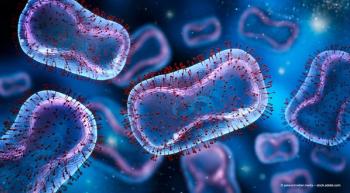
Dogs to explain human retinal disease?
A genetic mutation that is associated with recessive cone-rod dystrophy in dachshunds may play the same role in humans, according to a study in the August 2008 issue of Genome Research.
A genetic mutation that is associated with recessive cone-rod dystrophy in dachshunds may play the same role in humans, according to a study in the August 2008 issue of Genome Research.
Dr Frode Lingaas of the Department of Basic Sciences and Aquatic Medicine at the Norwegian School of Veterinary Science, Oslo, Norway, and colleagues performed genome-wide association-based Sibling Transmission Disequilibrium Test (sibTDT) analysis to identify and then resequence an area on canine chromosome 5, which contains more than 70 genes.
The analysis showed that, in dachshunds suffering from cone-rod dystrophy, one gene - nephronophthisis/nephroretinin 4 (NPHP4) - had an area missing, which produced a truncated protein that interferes with interaction in the eye but not the kidney (NPHP4's other biological target).
The team concluded that this mutation, the truncated protein produced by NPHP4, is responsible for the development of cone-rod dystrophy in a canine model. As other NPHP4 mutations have been associated with eye and kidney disease in humans, the team speculate that further investigation of this mutation could result in an explanation for similar degenerative retinal diseases in humans.
Newsletter
Get the essential updates shaping the future of pharma manufacturing and compliance—subscribe today to Pharmaceutical Technology and never miss a breakthrough.












































